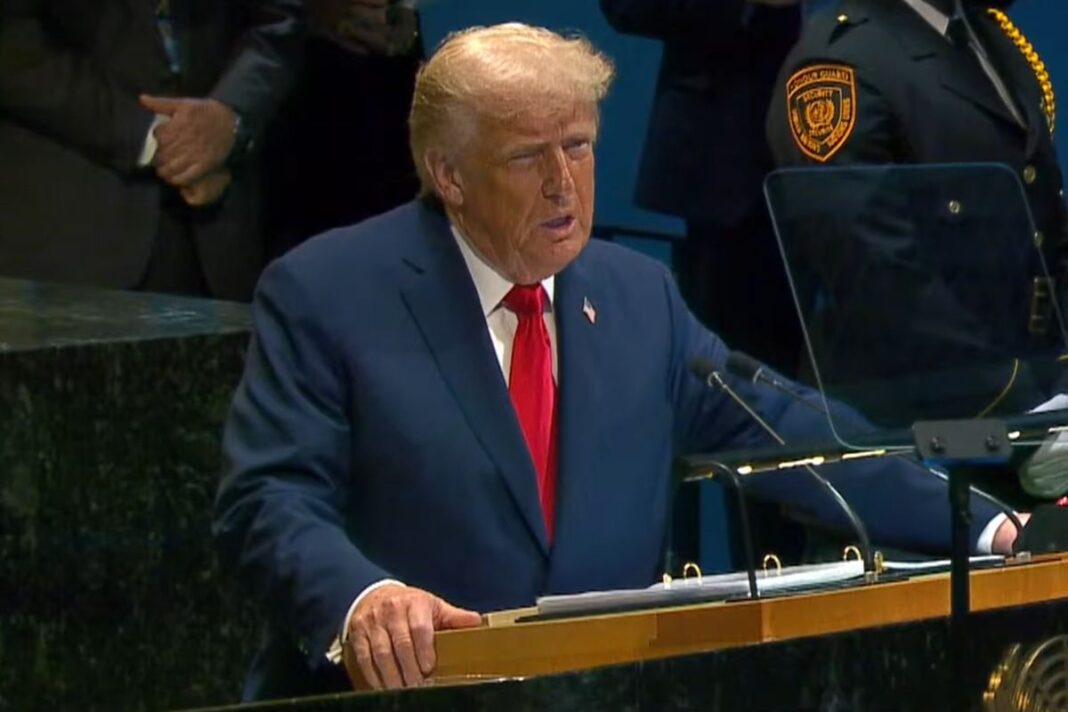The CCP’s technology used to suppress citizens was sold to the governments of Kazakhstan, Ethiopia, Pakistan, Burma, Xinjiang, and at least one other.
Internet freedom company Dynamic Internet Technology has identified 193 developers behind the recent leak of 100,000 documents that shed light into how China is exporting mass surveillance and censorship tools to authoritarian clients.
The documents originated from Chinese company Geedge Networks and MESA laboratory, a research institute under the state-controlled Chinese Academy of Sciences.
Developers referenced the Great Firewall that the Chinese communist regime uses to censor the internet in China, but the project that was leaked deals with commercial sales of such technology to other clients.
The documents revealed that Geedge has sold technology used to suppress citizens to the governments of Kazakhstan, Ethiopia, Pakistan, Burma, Xinjiang, and at least one other unknown government.
The files included correspondence, internal minutes, technical details of their products, logistical arrangements with external parties, expense reimbursement procedures, and personnel management documents, Bill Xia, CEO of Dynamic Internet Technology, previously told The Epoch Times. His company has created tools such as Freegate to allow people in China to bypass the regime’s firewall.
The files were comprehensive enough that Dynamic Internet Technology was able to create a tool identifying the individual developers and their respective contributions, see just many lines of code each developer contributed, and see whether those developers have contributed to other open source projects.
“Our tool shines a light on the hidden architecture of censorship,” Xia said in a press release issued Sept. 26.
“The Great Firewall affects not only the freedom of Chinese citizens, but also the openness of the international internet economy,” Xia said. It forces foreign businesses working in China to adhere to censorship demands, he added.
“More gravely, the blocking of uncensored information facilitates the Chinese Communist Party’s human rights atrocities, by silencing independent voices and concealing the truth from its own people,” Xia said.
Xia said he hoped the tool can help researchers and journalists, as well as support potential policy responses. Identifying those responsible for creating these repressive tools could lead to accountability, he said.







